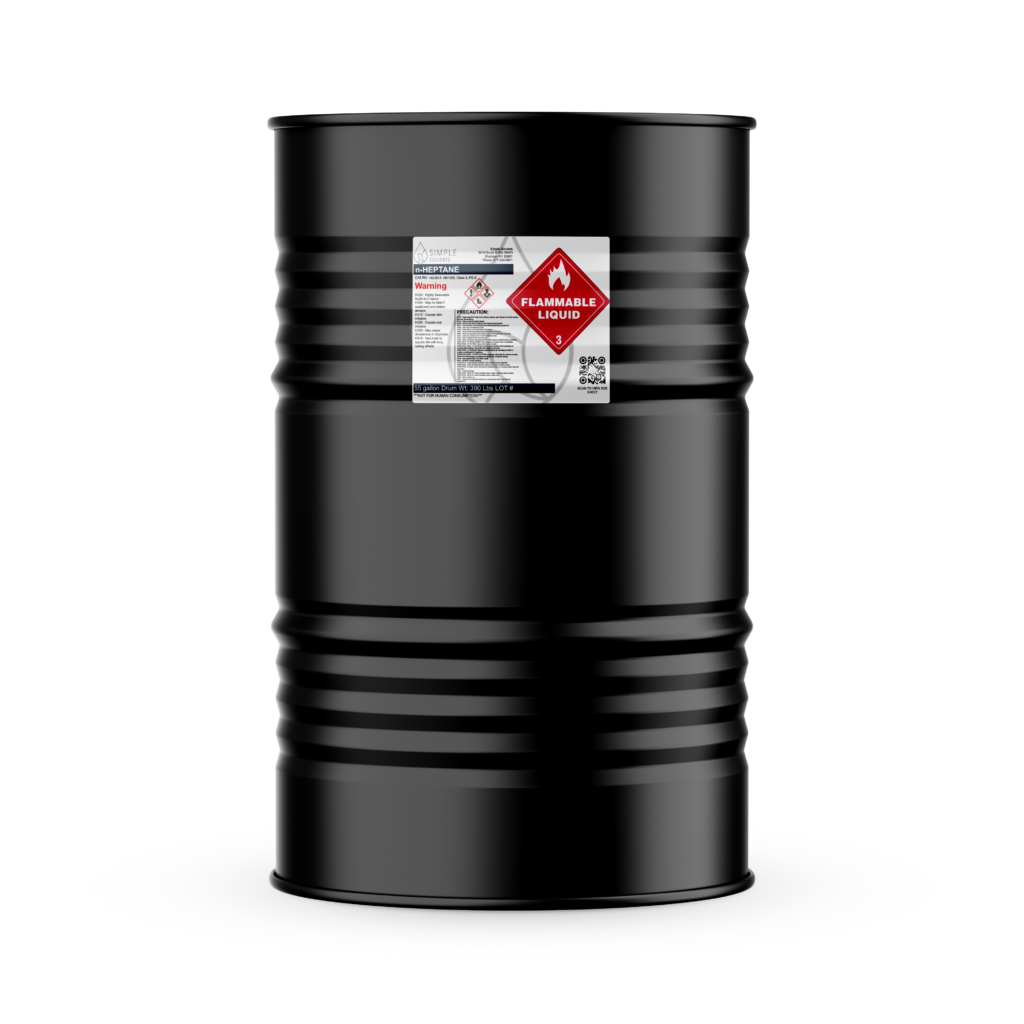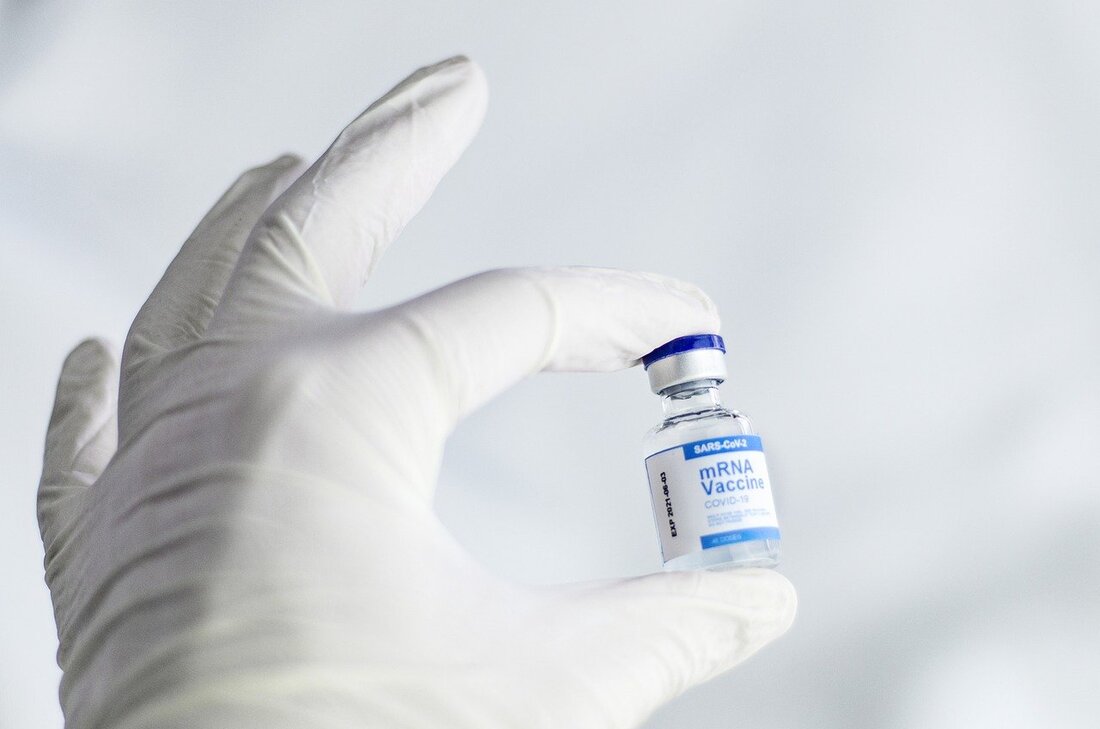The Power of n-Heptane for Vaccines
n-Heptane for Vaccines, 17.51 million people receive a COVID-19 vaccine every day. With the recent technological advancement in making vaccines, scientists claim that the mRNA vaccine is safe and effective in preventing viral infections.
But did you know that scientists use a solvent known as n-Heptane for vaccines? Now you know.
In the article below, you’ll know what the popular liquid is and how it plays a role in saving the world from the coronavirus pandemic. Let’s get into it.

What is N-heptane, and How is it Used
n-Heptane Description
N-heptane is a non-polar solvent with a gasoline odor, classified under alkanes. The liquid doesn’t mix with water, but you can use it to dissolve substances such as oils.
For that reason, many industries use n-heptane as a cleaner and an extractor of greases and oils. Manufacturers get the solvent by distilling crude oil to get the high-purity n-heptane product.
n-Heptane’s Use in the Laboratory
Scientists use N-heptane for many chemical and biochemical purposes. Among the most popular utilities, you’ll find the reagent in the laboratories, where it’s applied in reactions such as chromatography.
Researchers have further refined the chromatography technique, using n-heptane to separate Vitamin E from food products. Those food processors find the solvent more useful and less toxic than hexane for the same purpose.
You can also detect the previous presence of organic compounds on stained paper. That effect occurs when you apply the solvent to dissolve the oil in a grease spot test. Therefore, mix and shake the stained paper in a container with n-heptane for 30 seconds to get accurate results.
Chemists can also use n-heptane to distinguish aqueous bromine from iodine. Here’s what happens, both iodine and bromine give a brown color when in water. However, iodine turns purple while bromine remains brown after mixing the solutions with heptane.
n-Heptane’s Use in the Fuel Industry
Companies also use n-heptane in making gasoline. Therefore, you can use the solvent as a test fuel component in anti-knock test engines.
The octane rating scale uses the solvent as a zero point from which to base off the results. Consequently, the octane number describes the anti-knock qualities as the percentage of heptane compared to isooctane. Companies list the number in all gas stations worldwide.
Other Uses of n-heptane as mixed isomers for paints, coatings, rubber cement, or outdoor stove fuel. Those benefits speak of the wide range of applications for the solvent.
Other people use n-heptane as an anesthetic in the hospital setting, pesticide manufacturing, chemical fiber synthesis, and electronic cleaning. And with the exponential industrial growth in those sectors, the solvent’s demand will increase in the future.
What is the mRNA Vaccine?
M-RNA is a molecule in your body that is essential for making proteins in cells by utilizing the information coded in those genes.
Researchers have recently developed a new model of vaccination called mRNA vaccines. That process involves introducing non-viral components of the vaccine into the body.
The new technology offers a safe, effective, and cost-saving way to produce vaccines. For example, scientists have recently made three SARS-CoV-2 coronavirus vaccines through that technique.
The messenger RNA vaccine differs from older vaccines in that the traditional ones involve the injection of dead pathogens such as bacteria or viruses into the body.
Consequently, the body responds with an immune response, thus helping you fight the infection better next time. However, there are some cases where people react unpredictably, which could be fatal.
When a physician introduces the mRNA vaccine into your body, the particle enters your cells. The cell then produces a protein that can treat you, prevent disease as a vaccine, or prevent chronic diseases such as cancer. Interestingly, the mRNA doesn’t enter the cell’s nucleus, thus preserving the integrity of your DNA.
The antibodies your body produces after vaccination last in your body even after getting well from the disease. That effect provides lifelong immunity.
And because of that benefit, scientists are exploring other ways to apply the technology in the formulation of other vaccines.
How is n-Heptane Used in mRNA Vaccine Production?
Scientists use n-heptane for vaccines by purifying the mRNA vaccines in the chromatography process. The advantage of using the solvent for that technique is that you’ll effectively remove the DNA template used to manufacture the virus.
Moreover, you’ll prevent hybridization during the diafiltration step and filter out unwanted substances and oligonucleotide impurities.
There are two chromatography processes that experts use to purify the mRNA vaccine. The techniques include affinity chromatography and chromatography using anion exchange.
- Affinity chromatography detects the poly(A) tail of RNA transcripts. And in the end, you get to remove DNA, nucleotides, enzymes, and other buffer constituents that don’t contain a poly(A) tail.
- The anion exchange chromatography process allows scientists to use reagents, such as n-heptane. Therefore, they can remove immunogenic contaminants such as dsRNA, uncapped RNA, RNA-DNA hybrids, and damaged RNA structures.
After chromatography, the lab experts proceed to the concentration and diafiltration techniques. Those processes improve the end product’s purity and facilitate the transfer of the mRNA into the formulation and storage step.
Lastly, the manufacturers package the purified mRNA particle for delivery into the body. One of the popular methods to achieve that transport is by using a combination of lipids and polymers.
Examples of lipids used include lipid nanoparticles (most common), lipoplexes, and liposomes. Scientists choose those lipids according to the quality, predicted efficacy, distribution in the body, and stability.
Conclusion
N heptane is a diverse solvent with uses ranging from the laboratory to gasoline manufacturing. Recently, scientists have devised ways to apply the solvent in making mRNA vaccines. That application is in the chromatography process, aiming to purify the mRNA particle before infusion into the human body.
M-RNA vaccines are an outstanding invention in the medical field. They are not only safe, unlike the traditional vaccines, but they are also cheap to manufacture. And with the current application in fighting COVID-19, there will be a massive revolution in the health industry in the coming years.

